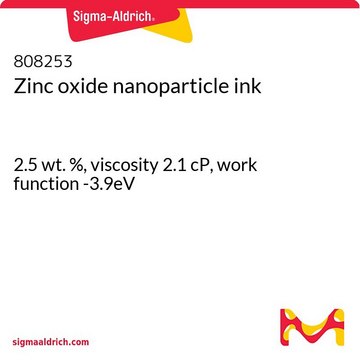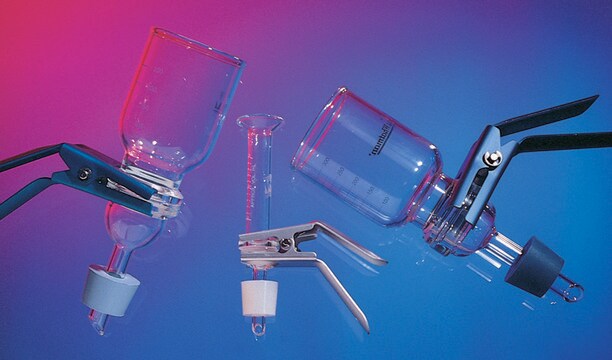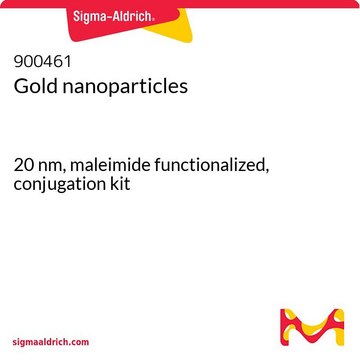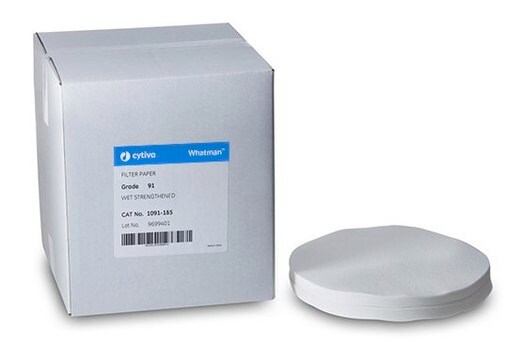MAB3806
Anti-ATM phosphoSer1981 Antibody, clone 10H11.E12
clone 10H11.E12, Chemicon®, from mouse
Sinónimos:
Ataxia Telangiectasia Mutated
About This Item
Productos recomendados
biological source
mouse
Quality Level
antibody form
purified immunoglobulin
antibody product type
primary antibodies
clone
10H11.E12, monoclonal
species reactivity
mouse, human
manufacturer/tradename
Chemicon®
technique(s)
immunocytochemistry: suitable
immunoprecipitation (IP): suitable
western blot: suitable
isotype
IgG1κ
NCBI accession no.
UniProt accession no.
shipped in
wet ice
target post-translational modification
phosphorylation (pSer1981)
Gene Information
human ... ATM(472)
General description
Specificity
Immunogen
Application
Epigenetics & Nuclear Function
Cell Cycle, DNA Replication & Repair
Immunocytochemistry: Foci are detected in irradiated human and mouse fibroblasts.
Immunoprecipitation: The antibody immunoprecipitates ATM from irradiated human and mouse cells.
Optimal working dilutions must be determined by end user.
Physical form
Storage and Stability
This antibody and certain aspects of its use are disclosed and claimed in pending U.S. Patent Applications published as U.S. Patent Publication Nos. 2003/0077661 and 2003/0157572.
Analysis Note
Irradiated normal Human fibroblasts (no reactivity against non-irradiated cell extracts)
Other Notes
Legal Information
Disclaimer
¿No encuentra el producto adecuado?
Pruebe nuestro Herramienta de selección de productos.
Optional
Storage Class
10 - Combustible liquids
wgk_germany
WGK 2
flash_point_f
Not applicable
flash_point_c
Not applicable
Certificados de análisis (COA)
Busque Certificados de análisis (COA) introduciendo el número de lote del producto. Los números de lote se encuentran en la etiqueta del producto después de las palabras «Lot» o «Batch»
¿Ya tiene este producto?
Encuentre la documentación para los productos que ha comprado recientemente en la Biblioteca de documentos.
Nuestro equipo de científicos tiene experiencia en todas las áreas de investigación: Ciencias de la vida, Ciencia de los materiales, Síntesis química, Cromatografía, Analítica y muchas otras.
Póngase en contacto con el Servicio técnico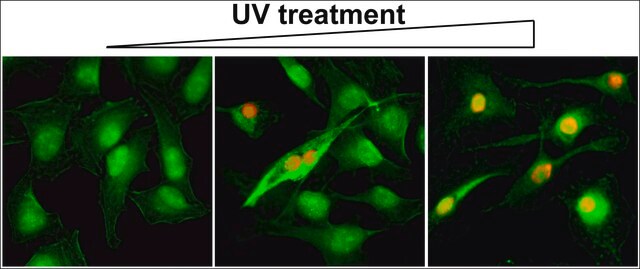
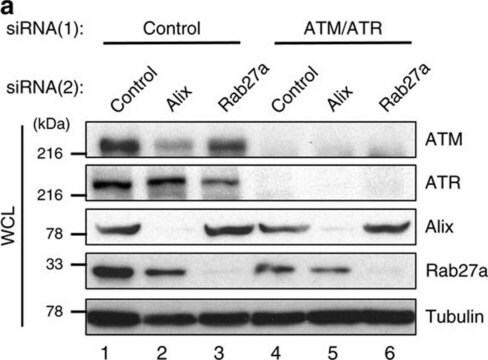


![6,6-dimethyl-7,8,9,10-tetrahydro-6H-benzo[c]chromen-3-ol AldrichCPR](/deepweb/assets/sigmaaldrich/product/structures/217/964/1e490c3d-33ea-4e21-895e-f04fa63516c4/640/1e490c3d-33ea-4e21-895e-f04fa63516c4.png)

